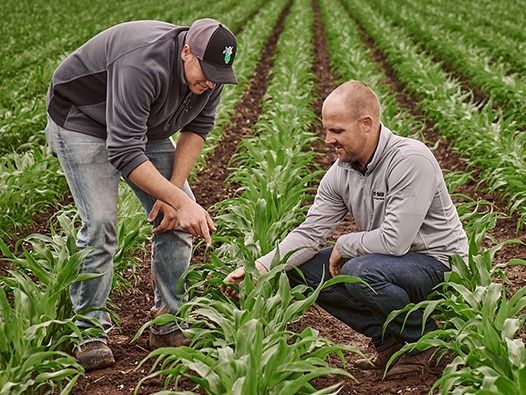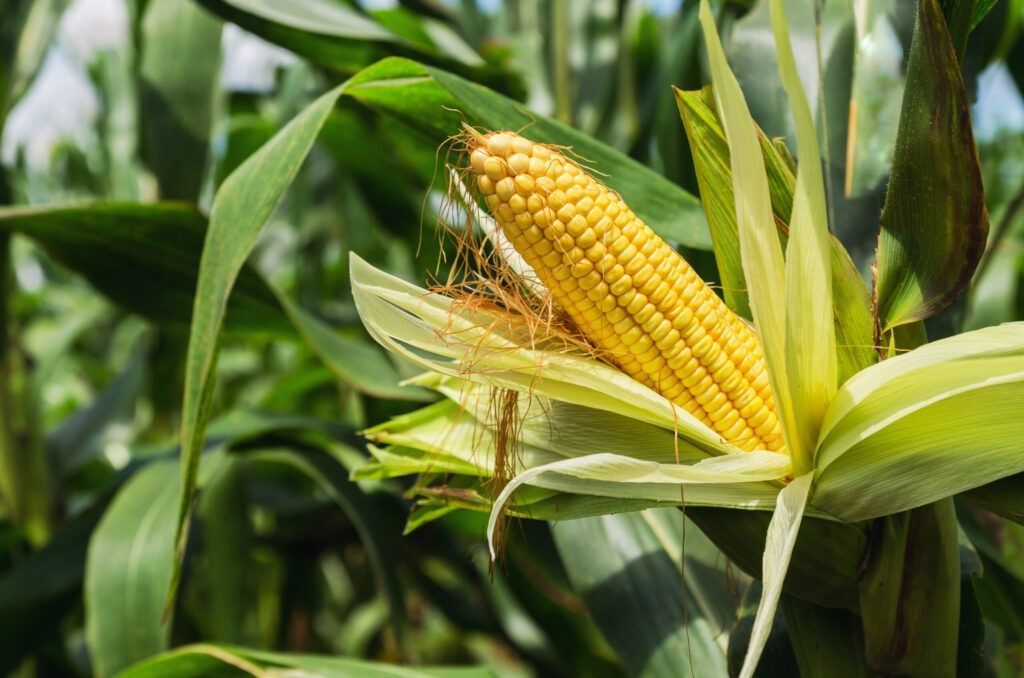Filter By Topic:

Your corn herbicide might work now, but can you guarantee for how long? HPPD inhibitor herbicides are common and effective tools for weed control, having been in the market for nearly 40 years, but continued use is causing resistance. The future of HPPD inhibitors for weed control is uncertain unless growers implement changes to limit the spread of its resistance. Learn more about preventing HPPD resistance with Verdict® herbicide. Signs of HPPD Resistance Are you experiencing HPPD resistance already? The evolution of resistant weeds is slowly but steadily growing. Some signs of HPPD resistance include: Struggling to get total control, even with normal or increased herbicide application rates. Finding new weed escapes you’ve never dealt with before. Using additional post-emergent applications or rescue treatments to gain control. Methods of HPPD Resistance Prevention Target-site resistance is one way weeds develop herbicide resistance, according to the Ohio Country Journal . A more complicated way is non-target site resistance, which poses more complex challenges for growers and scientists to manage. Current approaches to weed control, such as rotating modes of action or tank-mixing multiple modes of action, on their own are not enough. While cultural and mechanical measures aid resistance prevention and help protect the long-term viability of HPPD inhibitor technology, incorporating a non-HPPD solution, such as Verdict herbicide, is also effective. Verdict® Herbicide for HPPD Resistance Prevention Verdict® Herbicide from BASF is a corn pre-emergent herbicide that helps break the cycle of resistance. Verdict, powered by Kixor® herbicide, helps control weeds without HPPD. It has proven effectiveness with up to eight weeks of board spectrum residual control, multiple sites of action to stop weeds from establishing, and residual effects to keep them away. By 2025, BASF will be the only company with a complete non-HPPD acre offering, including pre- and post-emerge solutions. See how a BASF non-HPPD corn herbicide program that includes Verdict herbicide makes sense for your farm with the Grow Smart Advantage tool, or connect with your local BASF representative for product advice and consultation.

White mold is an annual threat to soybeans in the northern United States (north of Interstate 70) from Nebraska to the Atlantic Coast, though it may appear anywhere when conditions are right. Yield losses begin with as little as 15% disease incidence and, with each additional 10% increase of disease incidence, an estimated yield loss increase of 2 to 5 bushels per acre can occur. 1 Therefore, timely preventive action is necessary – and the best way – to protect yield from this disease. The first signs of the disease are gray-to-white lesions at nodes. Lesions rapidly spread above and below infected nodes and are often covered in fluffy, white growths. Small black structures called sclerotia may also form on or in the stem. Sclerotia can be ⅛ inch to ¾ inch long and can survive harsh weather conditions as they harden with age. 2 Under ideal white mold development conditions, it only takes one soybean crop to jump from 5% or 10% infected soybean plants in a field to 50% the following season. Correct disease diagnosis and implementing an effective management strategy will help minimize the spread of sclerotia and reduce the risk of severe disease in subsequent years. These management practices can help: Prioritize preventative measures. Timely preventive action is necessary to protect yield in the presence of this disease. Prioritize preventative measures, such as planting varieties that feature tolerance to white mold, using fungicides with preventative activity, and more. Scout your fields. Weekly scouting is ideal to check the presence and progression of disease in your fields, especially during key reproductive stages. You’ll want to be in the field during R1 to R3 and R4 to R5 growth stages, especially if weather conditions favor white mold development. Use free phone applications. University of Wisconsin–Madison has developed Sporecaster to forecast disease risk. You enter operation-specific information, then the application will help identify the best timing for disease treatment. Space plants properly. In infested fields, 15-inch row spacing or wider and planting populations of 125,000 to 150,000 plants per acre can reduce chance of white mold development. Wider row spacing and lower plant populations increases air flow and help decrease humidity in the canopy and near the soil surface, which creates a less favorable environment for disease development. 2 Time fungicide applications wisely. Most fungicides are very effective for a two-to-three-week period. Timely applications can maximize the value of the application and reduce the need for return applications. Select a fast-acting fungicide. Corteva Agriscience offers two soybean fungicides that offer fast-acting white mold control.

During grain fill, the corn plant transitions from active vegetative growth to prioritizing the redistribution of carbohydrates toward developing kernels. While maximum kernel number is largely determined at pollination, final yield still depends on the plant’s ability to produce and allocate resources to the ear. The strength of that sink and the plant’s capacity to support it through continued photosynthesis determine whether kernels develop fully and uniformly or if serious tip-back and poor kernel fill occur. Even with sound fertility and hybrid selection, suboptimal kernel fill is common under stress conditions such as drought, heat, or cloudy environments. However, in fields with minimal stress, there is still room to optimize yield potential. Grain fill can be maximized by improving grain fill intensity, how rapidly the kernels accumulate carbohydrates, or grain fill duration, the length of time the plant continues to move carbohydrates into the developing kernels. Biostimulants offer value by influencing levers that contribute to grain fill intensity and duration. Grain Fill Intensity Grain fill intensity is driven by the plant’s ability to produce and transport photosynthates efficiently. Boron plays a critical role in this movement, facilitating sugar transport and reproductive tissue development. Ensuring mobile nutrients are available and accessible during peak demand can increase the rate of carbohydrate mobility into the kernels, raising overall grain fill intensity. Grain Fill Duration The key to extending the duration of carbohydrate movement into the developing kernels is delaying senescence in the leaves. This allows photosynthesis and nutrient movement to remain active longer. During grain fill, about 20% of carbohydrates come from leaf remobilization, while 80% comes from current photosynthesis. The percentage coming from leaf remobilization can double to 40% during stress if photosynthesis is limited. Supporting late-season plant performance can help maintain green leaf area and metabolic activity. This prolongs the functional period for carbohydrate movement and increases the final kernel weight. Carbohydrates Storage & Increased Photosynthetic Capacity Last month, we discussed increasing leaf area index and improving photosynthesis with FlexForce ® biostimulant. FlexForce increases leaf area, improves chlorophyll density, optimizes photosynthetic pathways, and provides complementary nutrition to capitalize on the additional growth. With the increase in leaf area and improvement in the photosynthetic process, FlexForce supports the plant in accumulating larger stores of carbohydrates just in time for grain fill, setting the crop up with a larger leaf area and optimized photosynthetic pathways. Remobilization of Carbohydrates in the Leaves With a larger, more efficient source of carbohydrates, the crop is positioned for success pre-grain fill. However, in order to take advantage of that larger source and drive grain fill, it’s critical that the plant can move those sugars into the ear where they’re needed. Built with our organic acid biostimulant Transit® and boron, BoronBoost® promotes increased translocation of carbohydrates from the leaves to the kernel during reproductive growth and provides highly mobile boron, supporting right place, right time demand. The tandem approach of BoronBoost influences grain fill intensity and duration to push corn plants for a strong finish at harvest. When used together, FlexForce and BoronBoost support both the supply and movement of carbohydrates during grain fill. FlexForce increases the amount of sugars available through improved photosynthetic capacity, while BoronBoost helps ensure those sugars are effectively moved to the developing kernels. This combination supports more consistent grain fill by addressing both the source and sink sides of the equation, contributing to improvements in both grain fill intensity and duration.
Call, visit, or schedule a time to meet with us today:
